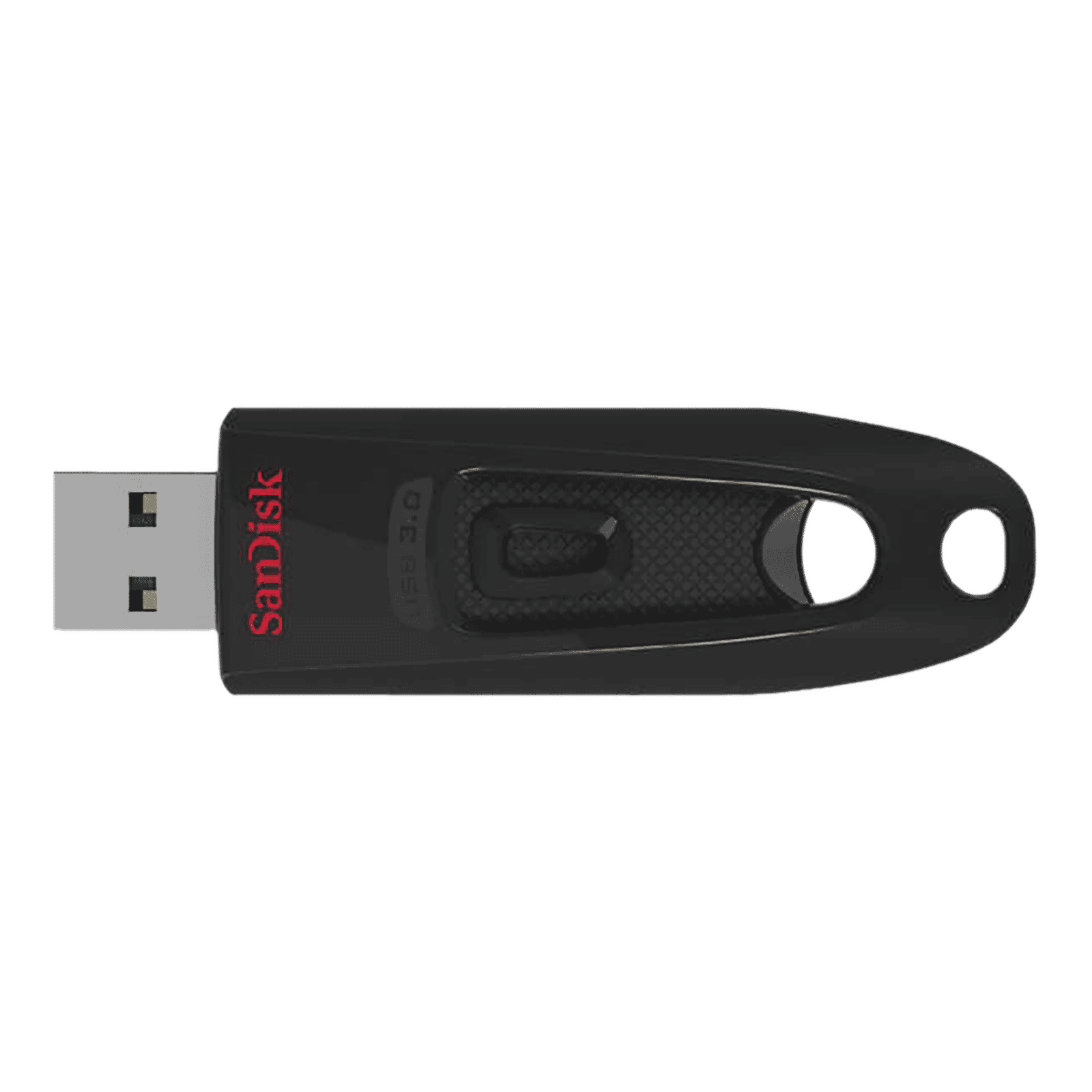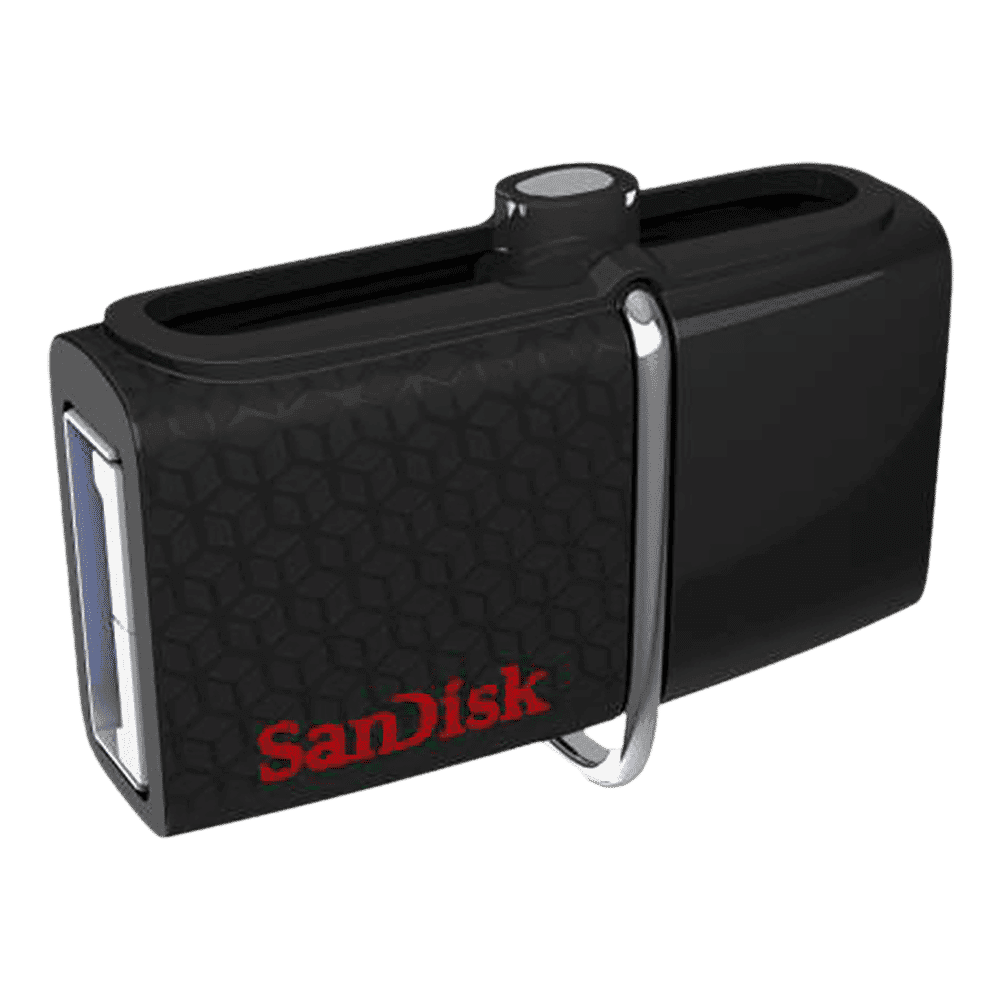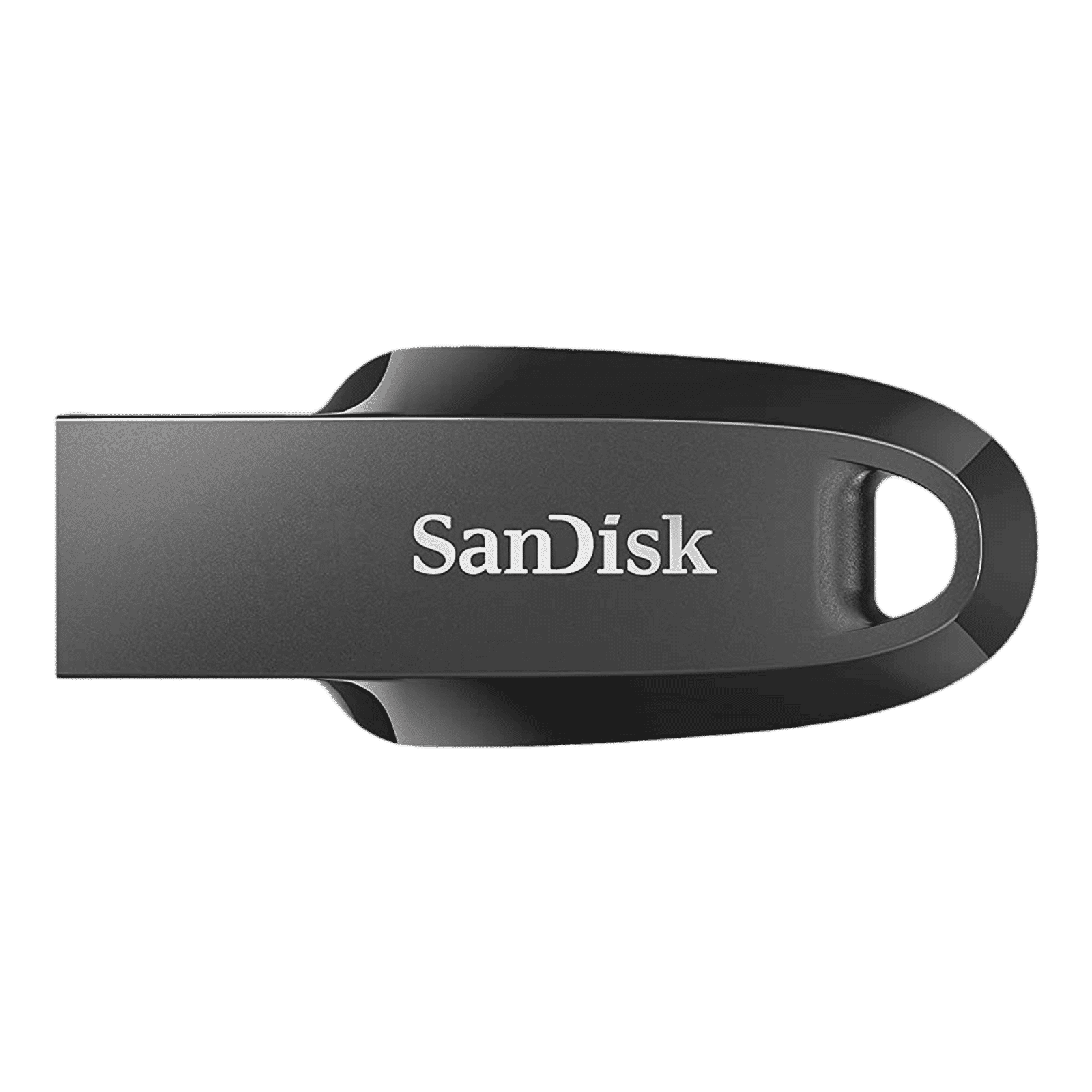%20(Presentation)%20(1600%20x%20600%20px)(20)-a2031a9c-61a5-429c-a42e-338488d70cf3.webp&w=3840&q=75)
Consumer Electronics
•04 min read

Buy SanDisk Ultra 32GB USB (3.0) Pen Drive (Portable Design, Black) online at best prices from Croma. Check product details, reviews & more. Shop now!
Have you ever plugged in your USB drive only to find it locked or inaccessible just when you need your files the most? Whether due to forgotten passwords, encryption, or unexpected write protection, these issues can be frustrating. In this guide, we break down simple, step-by-step solutions to unlock your USB drive, recover your data, and troubleshoot common access issues. By the end of this article, you'll have clear, effective methods to address your USB woes with ease.
There are several reasons why your USB drive might be locked. It could be because you have forgotten the password you set, or the drive might have write protection enabled, either by software settings or through a built-in physical switch. At times, drive manufacturers use encryption to secure your files, which can cause problems if the correct password or recovery key is forgotten. Additionally, file system corruption or other errors can also lock you out of your drive.
The first step in solving any problem is understanding its source. Look for physical indicators, such as a small switch on the side of your USB drive. If you see error messages like "The disk is write-protected" or "Access Denied," it might be a software issue. Some users have also noticed that their USB drive behaves differently on Windows compared to Mac, which can hint at the type of protection in place.
The simplest step you can take is to inspect your USB drive for a physical lock switch. Some drives incorporate a small switch that locks the device in place. If you spot it, slide it to the unlock position. This straightforward check can often resolve your problem without further complications.
Many issues stem from write protection settings. Here are some methods to deal with them:
If you are using a Windows PC, you can remove software-based write protection using the built-in DiskPart tool. Open the Command Prompt, type diskpart to launch the tool, then execute commands such as list disk and select disk X (where X represents your drive). Following this, use the command attributes disk clear readonly. This simple process often resolves access issues.

Buy SanDisk Ultra 32GB USB (3.0) Pen Drive (Dual-Connector Design, Black) online at best prices from Croma. Check product details, reviews & more. Shop now!
Another method on Windows includes adjusting registry settings. Although this step requires care, a small modification in the system registry can disable the write protection. Ensure you follow trusted guidelines to update the registry safely. Remember, small missteps in the registry can have larger effects, so proceed with caution.
Mac users can use Disk Utility to manage USB drive issues. Launch Disk Utility, select your drive from the sidebar, and click on the appropriate options to turn off write protection. These steps tend to simplify the process if you have a Mac.
Encryption is a powerful tool for protecting data, but it can be a hurdle if you forget the password. To unlock an encrypted USB drive, enter the correct password or recovery key provided to you. If you cannot remember the password, consider contacting the manufacturer or using trusted recovery tools to regain access without endangering the data on your drive.
Pro Tip: Always Check the Basics First!
Before diving into advanced solutions, ensure your USB drive doesn’t have a physical lock switch engaged. This simple step can save you hours of troubleshooting and can immediately resolve your issue.
If unlocking your USB drive seems too challenging or if you are worried about losing precious data, consider using data recovery software. Tools such as Recoverit or EaseUS are often recommended for their ease of use and effectiveness. These platforms can help you recover files even if your drive remains locked. The process is usually straightforward: install the software, run a scan on your USB drive, and follow the instructions to retrieve your files. This method allows you to access your data without immediately altering any of the drive’s settings.
Whenever you attempt data recovery on a locked drive, it is crucial to act carefully. Avoid formatting your drive unless all other recovery attempts have failed, as formatting usually removes important data. Once you have successfully recovered your files, it is wise to create backups. Regular backups can save you a lot of future hassle should similar issues arise.
The best way to avoid USB access problems is to adopt proactive strategies. Start by using strong yet memorable passwords for any encrypted drives. Regularly backing up critical files is another crucial step. Often, a minor inconvenience can disrupt your day if your data is not accessible when needed, so keeping backups helps maintain peace of mind.

Buy SanDisk Ultra Curve 32GB USB (3.2) Pen Drive (Compact Design, Black ) online at best prices from Croma. Check product details, reviews & more. Shop now!
Consider using trusted software tools designed to manage encryption and access control on your USB drives. Tools that allow you to disable write protection or encryption once you no longer need it can simplify the process significantly. By having control over these settings, you ensure that your drive remains secure yet accessible whenever you need it.
Check for a physical lock switch and disable it. If it is a software issue, use the Command Prompt on Windows, modify registry settings, or use Disk Utility on Mac to remove write protection.
Identify whether the lock is caused by encryption, write protection, or hardware features. Once determined, use the corresponding method such as entering the password, using DiskPart, or adjusting system settings.
For external hard drives, look for built-in encryption or write protection settings. Configuration options in the device’s software can often help unlock or troubleshoot the issue.
If you forget the password, try recovery tools provided by the manufacturer or trusted third-party applications. For encrypted drives, having a recovery key is essential. In absence of that, contacting support might be necessary.
If the drive is not encrypted, you may regain access using methods like DiskPart, registry modifications, or even reformatting as a last resort if other approaches fail.
In summary, unlocking a USB drive need not be an overwhelming task. By identifying the cause, be it a forgotten password, write protection, or encryption, you can choose an appropriate solution. The tips shared here empower you to take control—from a simple physical check to advanced troubleshooting techniques. As you move forward, integrating smart practices such as regular backups and careful management of security settings will help prevent future issues. Enjoy the confidence that comes from knowing you have the power and knowledge to tackle any USB access issue that comes your way. Stay savvy and let Tata Neu be your trusted partner in navigating modern technology challenges.